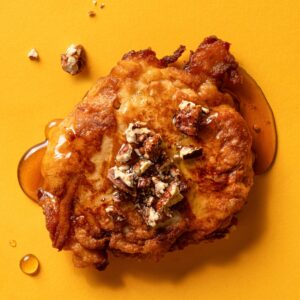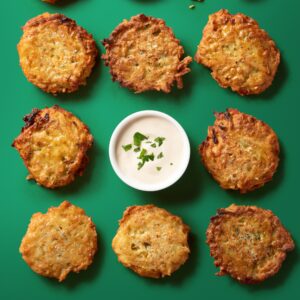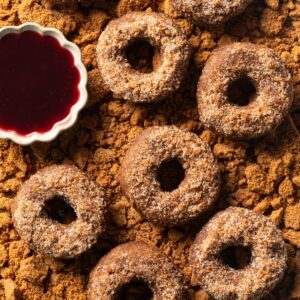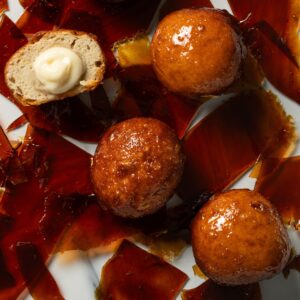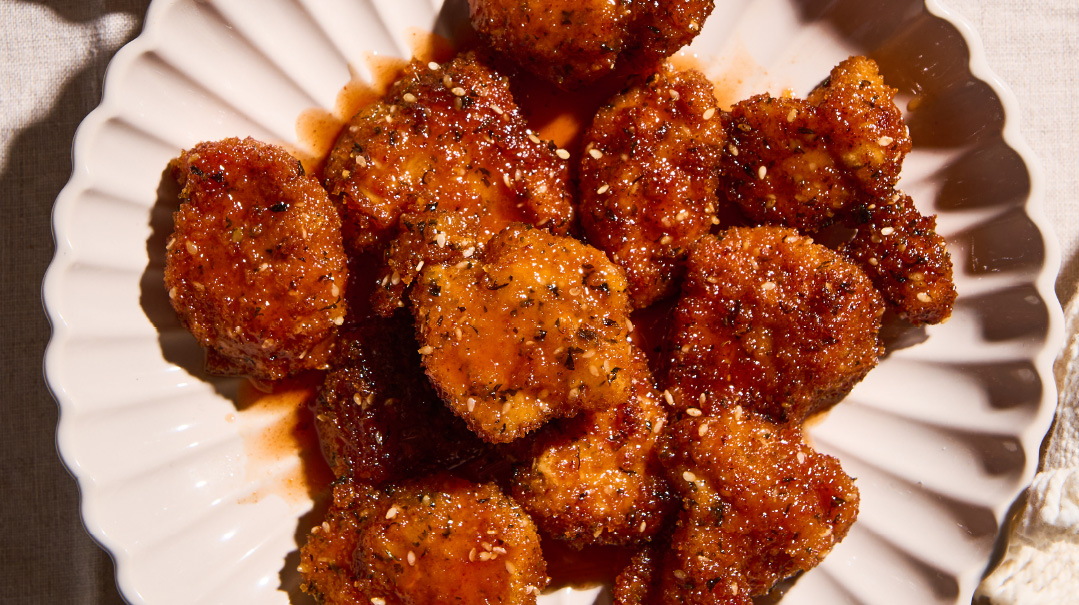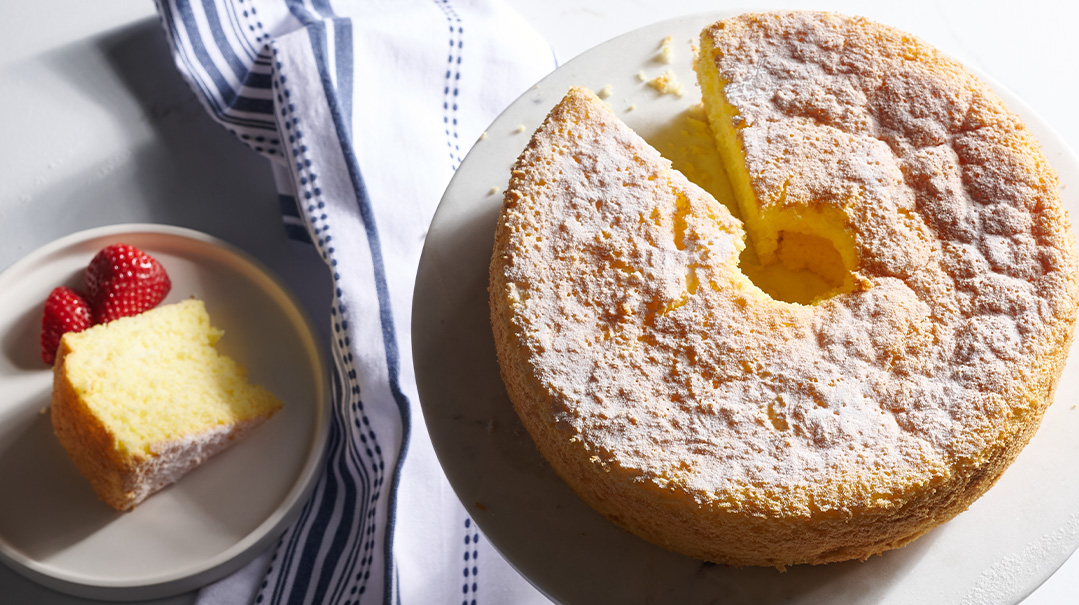From Frozen Siberia to the Warmth of Bobov
| July 6, 2021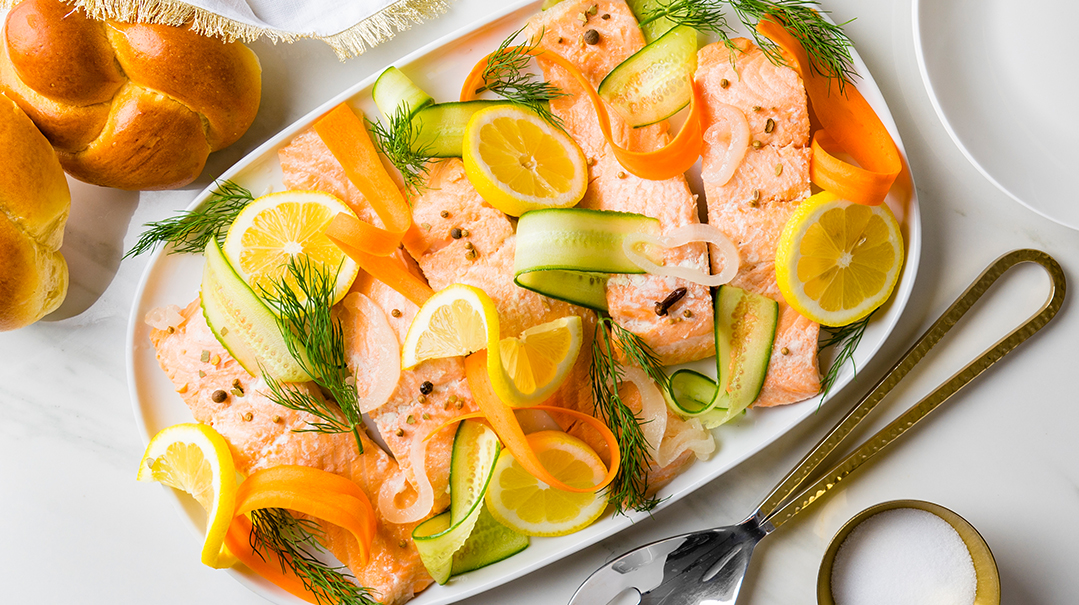
Rebbetzin Frieda Halberstam (née Rubin) was born and raised in Poland, and spent five bitter cold and difficult years in Siberia during World War II. Even in Siberia, she did everything she could to avoid working on Shabbos.
Frieda lost her father and some of her siblings in the war. After the war, she and her mother traveled to Paris to search for surviving family members. From there, she made her way to New York, where she attended Rebbetzin Kaplan’s Bais Yaakov seminary.
In 1948, she married Rav Shlomo Halberstam, zt”l, who had lost his first wife and two of his three children in the war. Overnight, her life changed completely — she became rebbetzin to a community of survivors who rose above the Gehinnom they had been through, and for the most part were just happy to be alive. The Rebbetzin would say, “Whatever I went through, it should be so that my children and grandchildren shouldn’t have to suffer.”
When the Halberstam children were younger, they weren’t good eaters, and sometimes Rebbetzin Halberstam was so upset that they didn’t want to eat that she would cry about it. “We were typical kids,” says her daughter Rebbetzin Sara Meisels, wife of Rabbi Yaakov Yisroel Meisels of Kiryat Bobov in Bat Yam. “We would come home from school, open the fridge, and say, ‘Uch, there’s nothing to eat.’ And my mother, who was always so positive, would say, ‘Don’t say that.’ She had experienced five years of true hunger in Siberia, and wanted us to appreciate the food we had.”
Cooked with Love, Joy, and Bakashos
In a scene familiar in many homes, the Rebbetzin’s kitchen would get hectic on Erev Shabbos, with pots boiling over and mounds of food everywhere, but all of the preparation was done with love. One Erev Shabbos, the Rebbetzin was transferring cooked fish to a pot when the whole pan slipped and fell, and the fish was ruined. She immediately shrugged it off and said, “It’s min haShamayim, and since it’s a mitzvah to prepare fish for Shabbos, I’ll start again!”
“My mother was full of joy, and she would sing while she prepared the food,” says Rebbetzin Meisels. “She also loved when my sisters and me sang together.”
The Rebbetzin instilled a deep love for Shabbos in her children. She considered Shabbos the greatest gift. “My mother never said, ‘Oy, I need to cook again.’ That joy and love filtered down to us.”
Rebbetzin Halberstam taught by example that cooking for Shabbos is a tremendous eis ratzon, a lofty time with an opportunity to daven and request all different types of yeshuos.
“When you say a short tefillah as you prepare the cholent, it brings holiness to the food, and whoever eats and enjoys the cholent gains that kedushah,” says Rebbetzin Meisels. Sometimes bochurim who eat Shabbos meals at her home will ask their mothers to get a specific recipe from Rebbetzin Meisels, but she tells them that it’s not the recipe, it’s the tefillos that make the food taste extraordinary.
Her mother’s attitude to cooking has filtered down to the next generation as well. Rebbetzin Meisels shares how her eight-year-old son once went to a friend for Shabbos, arriving at his host’s home early in the day on Friday. On Motzaei Shabbos, he came home and told his mother, “That mommy didn’t know how to cook for Shabbos.”
Rebbetzin Meisels asked him, “The food wasn’t good?”
He said, “The food tasted fine. But she didn’t daven when she made the cholent and the fish. She doesn’t know how to cook for Shabbos!”
Oops! We could not locate your form.

